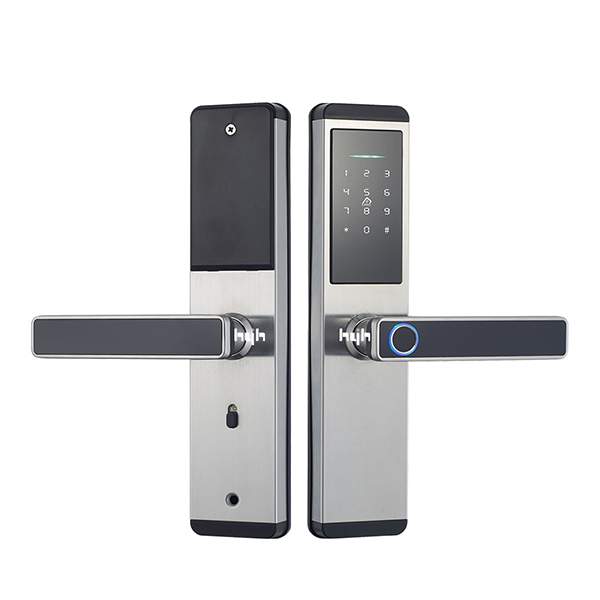Fortifying Connections: The Encryption and Security Protocols Safeguarding Smart Door Lock Communications
2023-11-16
Introduction:
As the technological landscape evolves, Smart Door Locks have emerged as cornerstones of modern home security. A critical aspect of their functionality lies in the secure communication between the lock and other devices, ensuring that sensitive data remains confidential. In this blog, we delve into the robust encryption and security protocols implemented to fortify the communication channels of smart door locks, enhancing overall security.
Encryption: The First Line of Defense
1. End-to-End Encryption:
Smart door locks employ end-to-end encryption, a gold standard in securing communication. This means that data transmitted between the lock and connected devices is encrypted at the source and can only be decrypted by the intended recipient, preventing unauthorized interception.
2. AES Encryption:
Advanced Encryption Standard (AES) is a widely recognized and trusted encryption algorithm used in smart door locks. AES employs symmetric key cryptography, ensuring that both the sender and receiver share the same secret key for encryption and decryption. This method provides a high level of security against various forms of cyber threats.
3. Secure Key Exchange Protocols:
The process of establishing a secure connection often involves secure key exchange protocols such as Diffie-Hellman. These protocols enable the lock and connected devices to negotiate a shared secret key without exposing it during the key exchange, adding an extra layer of security.
Security Protocols: Building a Robust Defense
1. SSL/TLS Protocols:
Smart door locks often leverage Secure Sockets Layer (SSL) or Transport Layer Security (TLS) protocols to secure communication over the internet. These protocols establish a secure and encrypted connection, protecting data from interception during transmission.
2. PKI Infrastructure:
Public Key Infrastructure (PKI) is a fundamental component of smart door lock security. PKI involves the use of digital certificates and public/private key pairs, ensuring the authenticity of communication between the lock and devices. This infrastructure prevents man-in-the-middle attacks and unauthorized access.
3. Mutual Authentication:
Mutual authentication ensures that both the smart door lock and connected devices verify each other's identities before establishing communication. This two-way verification process prevents unauthorized devices from accessing the lock and enhances overall security.
4. Secure APIs:
Application Programming Interfaces (APIs) play a crucial role in enabling communication between the smart lock and other devices. Secure APIs ensure that data transmitted through these interfaces is protected from tampering and unauthorized access, maintaining the integrity of the communication channel.
5. Firmware and Software Updates:
Regular firmware and software updates are integral to smart door lock security. Manufacturers release updates to address potential vulnerabilities and enhance the security protocols implemented in the device. Keeping the system up-to-date is a proactive measure to guard against emerging threats.
Conclusion: A Shield of Digital Armor
Smart door locks stand as digital guardians of our homes, and the level of encryption and security protocols implemented is akin to a shield of digital armor. Through end-to-end encryption, robust security protocols, and regular updates, manufacturers ensure that communication between the lock and other devices remains impervious to unauthorized access and cyber threats. As technology advances, the commitment to fortifying these communication channels underscores the dedication of smart door lock manufacturers to providing homes with state-of-the-art security solutions.



